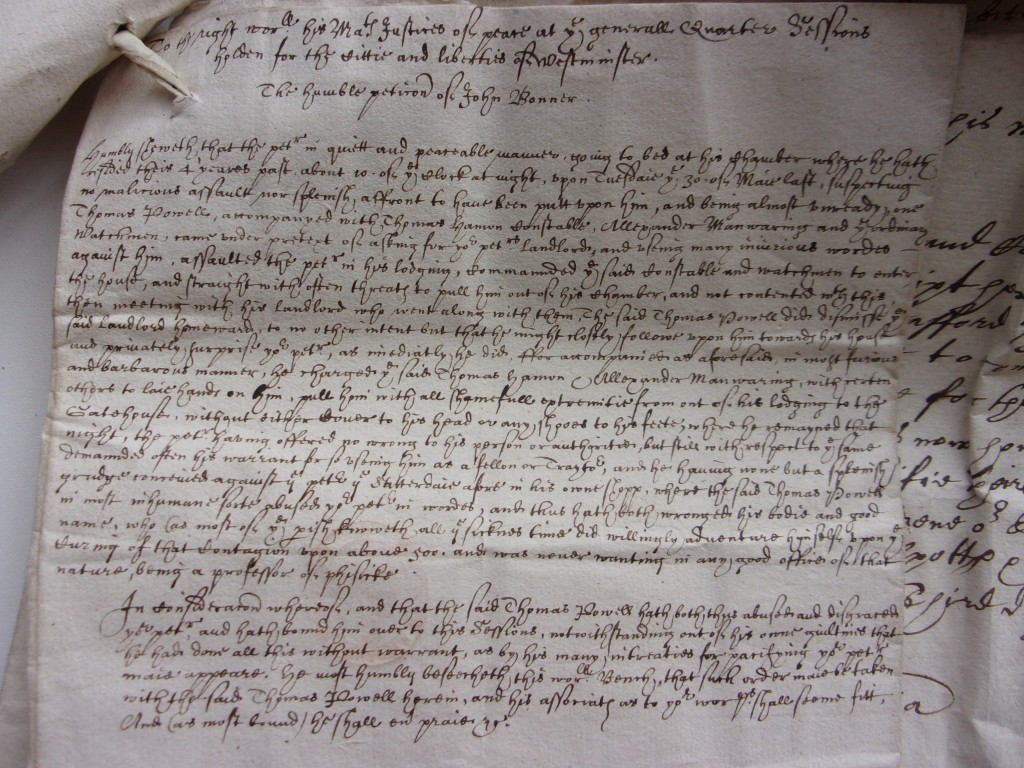We are pleased to introduce the final post in the Postgraduate and Early Career Takeover, by Ivana Bicak. Ivana’s latest research project, funded by the Wellcome Trust and conducted at the University of Exeter, explored early modern satires of experimental medicine in Spain.
In the sixteenth century, new medicinal plants from America entered Spain. Apart from transforming the medical practice of the time, these novel products had an immediate impact on the literary landscape, particularly satiric poetry. The witty verses of Spanish satirists offer us a unique view into how these experimental medicines were perceived by the contemporaries. The satires of exotic drugs such as guaiac and sarsaparilla underline the acceptance and familiarity of the newly discovered materia medica, as described by Christopher Booth in his recent post ‘The World in a Jar.’
After Christopher Columbus returned from his famous voyage in 1493, a terrible disease struck Europe, transforming human bodies into decomposing masses of pustules, broken bones, bald heads, and missing noses. The epidemic of highly contagious syphilis spared no one, sowing destruction from seedy brothels to shiny courts, from Spain to England.
In a desperate search for a remedy, many different treatments were tried. One of the more ingenious prescriptions included applying a freshly cut chicken or pigeon to the ulcerated penis, as per advice of the papal physician Gaspar Torella. Most physicians and patients, however, turned to mercury, a long-standing cure for skin diseases. This heavy metal was not exactly the happiest solution as the severity of its side effects frequently surpassed that of the disease’s symptoms. Thanks to its potent corrosive properties, mercury acted much more as a poison than as a cure. If the patient did not lose their nose due to syphilis, mercury made sure their teeth fell out.

The arrival of the new American medicines in Spain was therefore eagerly welcomed in the hopes of relieving the suffering of syphilitic patients across European borders. American anti-syphilitic plants flooded European medical markets. Among them, guaiac wood and sarsaparilla achieved immense popularity. As a result, they were exported from Spain to other European countries.
Continue reading

